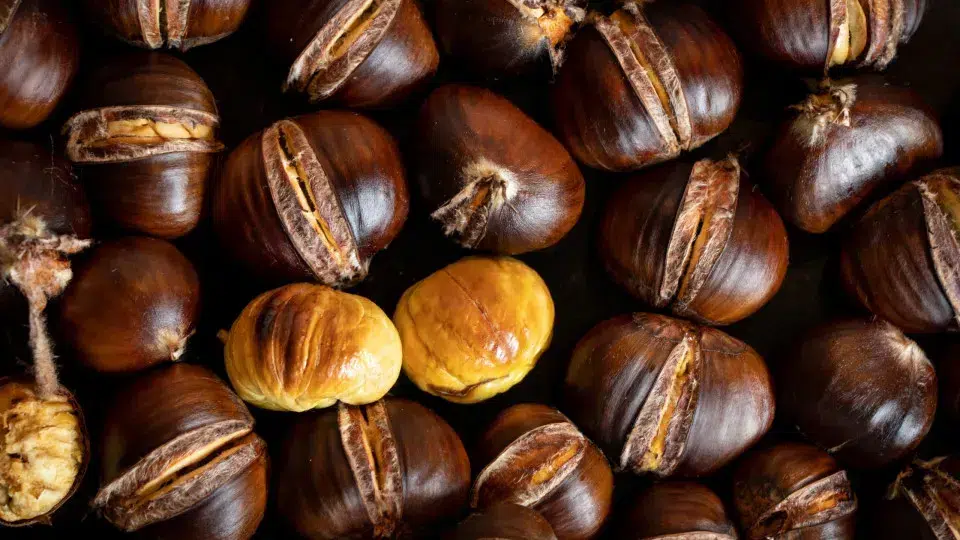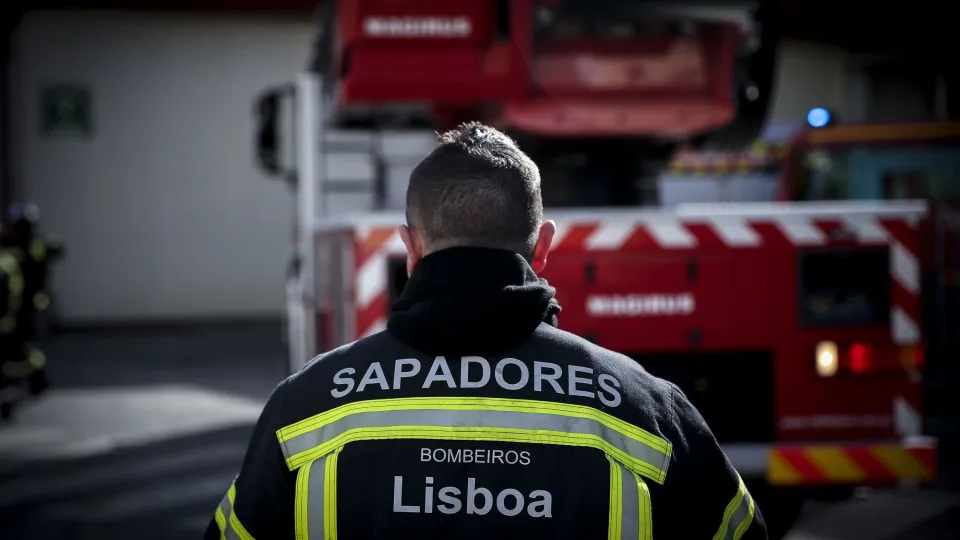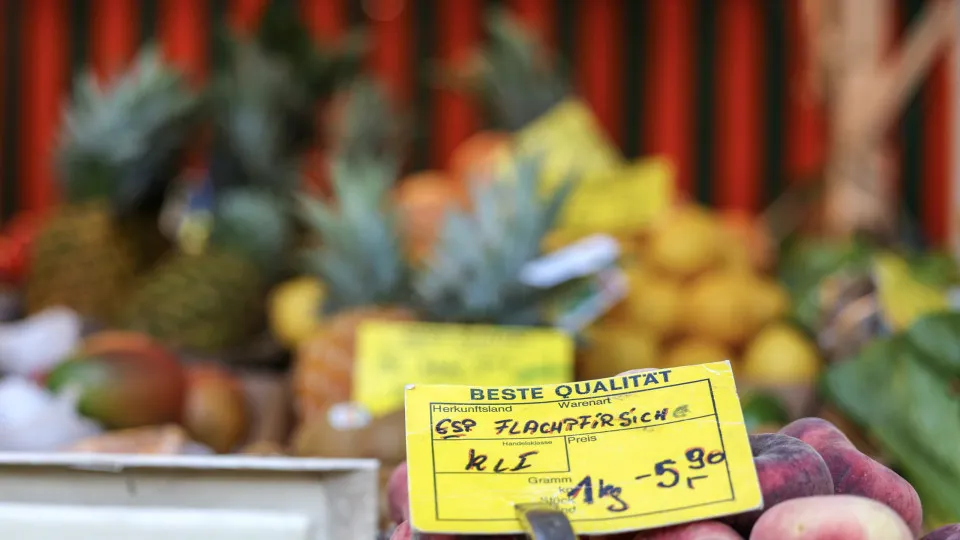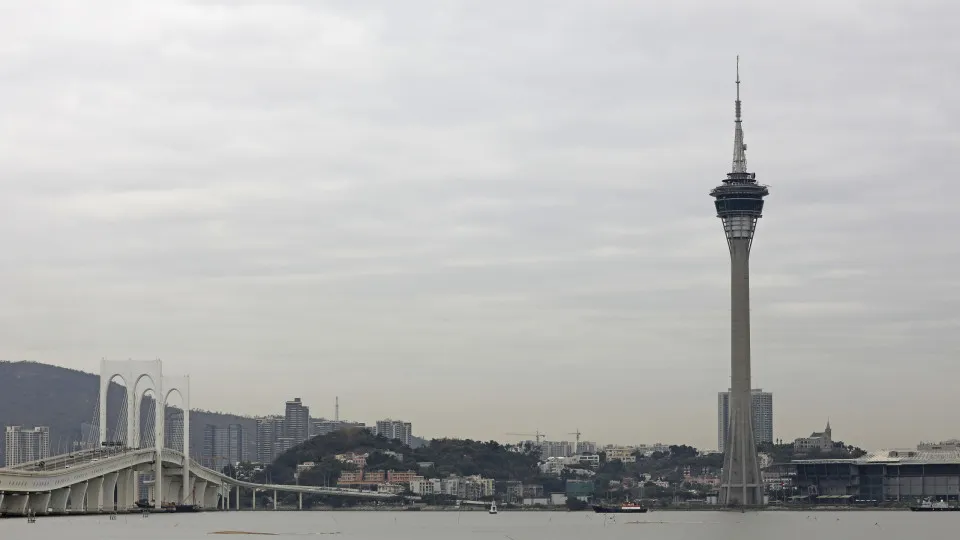
Chestnuts in the Vinhais region are small this year due to an excess of burs, according to local producer Artur Fonseca. Despite this, the quality remains good.
Fonseca, who owns eight hectares of chestnut groves, noted that many of the chestnuts have yet to fall. “Most of the burs are not ripe, so the chestnuts are not dropping as they should,” he stated.
With green, unopened burs, the yield is unpredictable as they might be empty.
“The green ones might have nothing inside because they should be brown by now, ready to open and drop chestnuts. If there are any, they’re small in size, so market-ready chestnuts might be fewer,” Fonseca explained.
The chestnut industry has been severely impacted by diseases like ink and canker, the chestnut gall wasp, and temperature fluctuations.
Two years ago, farmers harvested many chestnuts, but their quality was compromised by a fungus causing fruit rot.
Fonseca harvested 10 tons that year. Last year saw a significant drop, with only two tons collected.
This year, the chestnuts are smaller due to an overabundance of burs. “If I had half of the yield from two years ago, I’d be quite satisfied,” he added.
Some producers foresee a decline despite the quality. Pedro Santos in the Bragança region anticipates a “50%” reduction in yield. “I have several groves where the burs are too small to contain chestnuts,” he reported, adding that many burs remain green and empty.
This condition is attributed to a lack of rain since June and summer heatwaves, which have delayed the harvest by about two weeks.
Many farmers are just starting to collect the crop. Currently, producers receive around two euros per kilo for chestnuts.
Some fear this price is insufficient given the production challenges. “The quality is better this year, but the payment is a bit low,” criticized Paulo Afonso, another Vinhais producer.
Adding to these issues is a concerning phenomenon threatening the future of the groves: drought.
In Bragança, major producer José Carlos Rodrigues manages 60 hectares of productive groves and 30 hectares of new ones. He once harvested 40 tons, but last year’s yield was only 30 tons. He doesn’t expect an improvement this season.
However, Rodrigues expressed to Lusa that his biggest worry is the drying of chestnut trees, halting production.
Despite replanting efforts, he acknowledged that it takes many years for new trees to reach the productivity of mature ones. “These trees are drying up, and by the time the new ones reach full production, I won’t be around; it’s for the grandchildren,” he said.
When asked for a reason, he admitted he had no explanation.
Chestnut farming plays a significant role in the economies of Bragança and Vinhais. Annually, Bragança produces 20,000 tons of chestnuts, while Vinhais yields between 15,000 and 20,000 tons, making them the country’s top producers.




